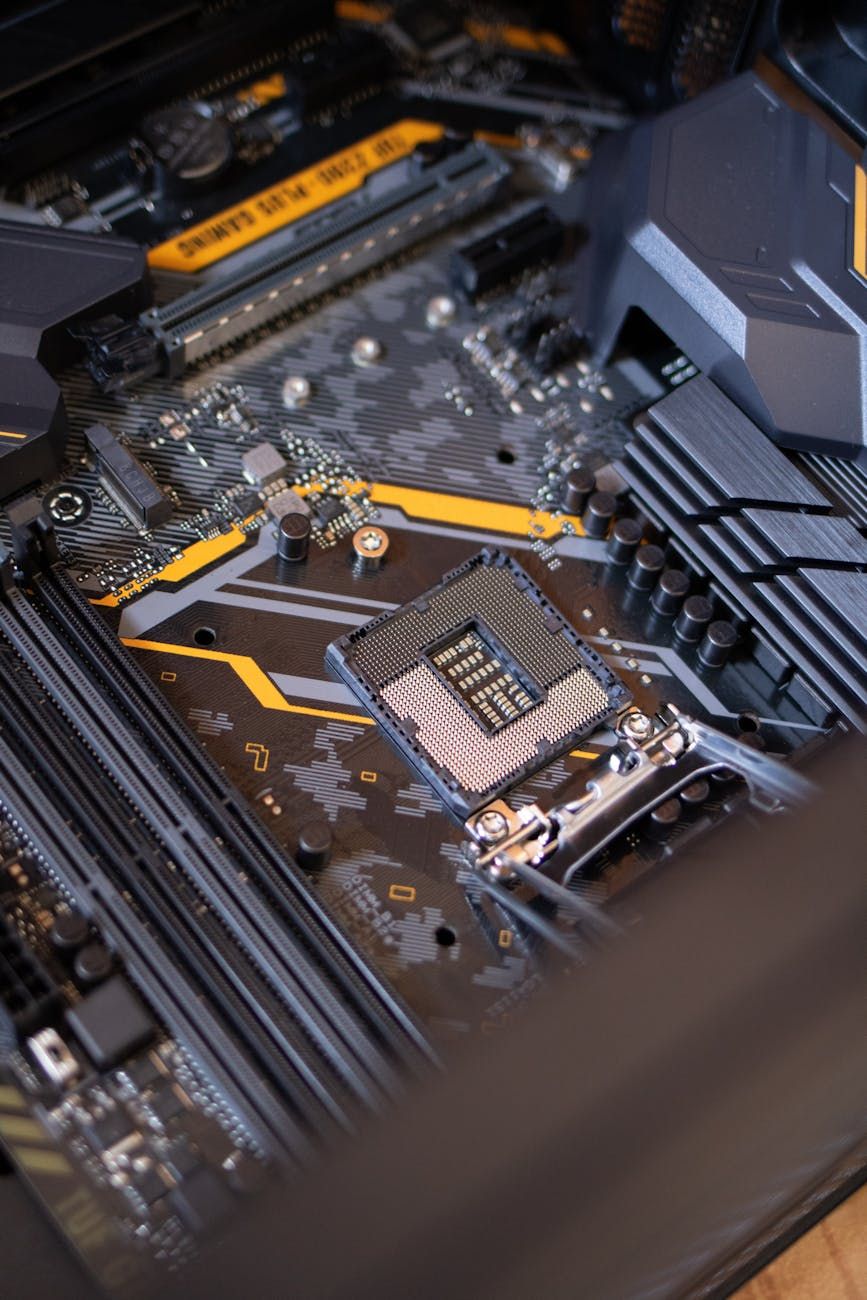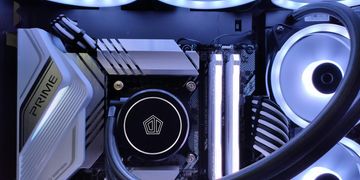The future of processors: RISC-V, ARM and x86 - who will win?



In the ever-evolving landscape of computing, the competition among processor architectures continues to intensify. The future of processors is a topic of great interest, with three major players vying for dominance: RISC-V, ARM, and x86. Each architecture offers unique strengths and capabilities, sparking debates about which one will ultimately emerge victorious in the race for supremacy.
RISC-V Architecture:
RISC-V, an open-source architecture, has been gaining traction in recent years due to its flexibility and adaptability. One of the key advantages of RISC-V is its simplicity, which allows for easier customization and optimization. This makes it an attractive option for a wide range of applications, from embedded systems to supercomputers.
ARM Architecture:
ARM processors have long been synonymous with mobile devices, thanks to their energy efficiency and performance. Over the years, ARM has made significant strides in enhancing its architecture to cater to a broader spectrum of computing needs. The scalability of ARM-based processors makes them ideal for a variety of devices, from smartphones to servers.
x86 Architecture:
x86 processors, predominantly manufactured by Intel and AMD, have been the cornerstone of computing for decades. Known for their power and performance, x86-based systems are widely used in desktops, laptops, and servers. Despite facing stiff competition from RISC-V and ARM, the x86 architecture continues to evolve, with innovations aimed at improving efficiency and meeting the demands of modern computing.
Performance and Efficiency:
When it comes to performance, all three architectures have their strengths and weaknesses. x86 processors are renowned for their raw computing power, making them well-suited for demanding tasks such as gaming and content creation. ARM processors, on the other hand, excel in energy efficiency, making them ideal for mobile devices and Internet of Things (IoT) applications. RISC-V strikes a balance between performance and efficiency, offering a versatile solution for various computing needs.
Innovation and the Future:
The future of processors lies in continued innovation, as each architecture seeks to push the boundaries of computing capabilities. RISC-V's open-source nature fosters collaboration and creativity, driving advancements in processor design. ARM continues to expand its reach across different market segments, leveraging its energy-efficient architecture to power a diverse range of devices. x86 architecture remains a force to be reckoned with, with ongoing research and development efforts aimed at enhancing performance and efficiency.
As computing technologies evolve, the lines between RISC-V, ARM, and x86 architectures may blur, leading to a convergence of capabilities and functionalities. The competition among these processor architectures will ultimately benefit consumers, ushering in a new era of innovation and computing performance.




